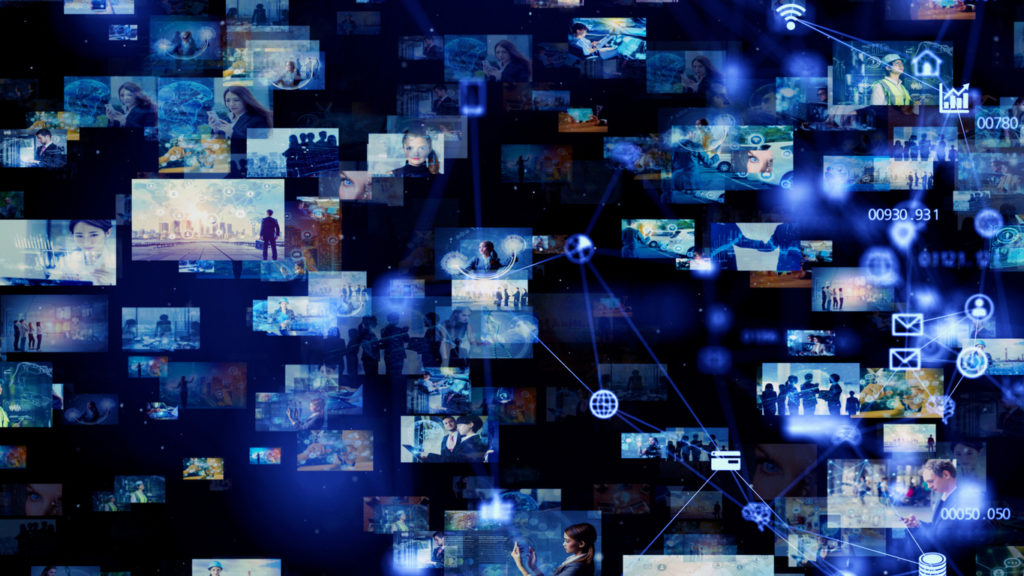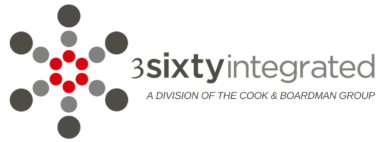
Video analytics have come a long way since their inception. Modern advancements in AI, machine learning, and software have expanded use cases for video analytics to meet the needs of organizations across all industries. From business intelligence to risk mitigation and ROI generation, the uses for video analytics continue to grow. Here are our top five use cases for video analytics today:
1. Security
Traditionally, video surveillance systems were installed for one of two reasons. Either with the intent of observing life feeds for suspicious activity or to record video for later use as evidence or a crime. In the first use case, a security guard must sit and watch for suspicious activity as it happens, which can be costly and is prone to human errors. Not to mention almost impossible given that a person is estimated to be caught on a CCTV camera more than 75 times per day in America, a number that jumps to 600 times a day if you live in London!
If a crime does in fact occur on one of these cameras, it can take hours to manually sift through recorded video footage to find the event in question, with results being hit-or-miss at best. Video analytics changes all that.
Video analytics such as motion detection, line crossing, and loitering detection can all be used to automatically recognize a suspicious event without the need for consistent human monitoring. As soon as a threat is detected, alerts can be sent to administrators and security directors so appropriate action can be taken immediately. Analytics such as facial recognition, demographic classification (such as gender and age), and license plate recognition also allow first responders to quickly identify perpetrators in cases where a crime was committed. These same analytics also become searchable within a database for quick evidence retrieval, saving valuable time in extreme instances where second matter.
2. Risk Reduction
Video analytics should be a part of every organization’s risk reduction strategy. Analytics can automatically detect if individuals meet organizational, industry, or government issued standards for health and life-safety. For example, analytics can determine if a food worker took part in proper hand washing protocols or if medical professionals are wearing masks. Advanced analytics can even identify a worker who may not be complying with required eye and hard hat requirements, going as far as to cut off access to a machine until proper protective equipment is applied.
Not only does this reduce the risk of physical injury, but also ensures compliance with legal safety standards. Non-compliance can lead to costly fines, revocation of licensing, and even potential facility shutdown. When video analytics detect and recognize a potential health-safety hazard, proper action can also be taken toward the offending party. Private industry employers reported 2.7 million nonfatal workplace injuries and illnesses in 2020. It is unknown how many of these incidents could have been avoided if there were early warnings available for workplace hazards. Quick identification, remediation, and training helps the organization maintain a safe, efficient, and compliant workplace.
3. Occupancy Management
Occupancy management is a key element of safety and security, particularly for retail locations, large event venues, and high security facilities. The need for occupancy management tactics has only been underscored by the pandemic where crowding and lack of social distancing are a cause for concern. People counting analytics can monitor the total number of individuals in a facility or specifically defined area. Operations staff can also see what entry and exit points are most popular and therefore deploy resources at each location accordingly.
The same is true when it comes to managing external customer occupancy in areas such as parking lots. For example, using analytics to determine vehicle speed, stationary vehicles, and wrong way drivers can help administrators better recognize potential risks and maintain a safer overall environment. Modern facilities are even using parking lot analytics to visually alert drivers to available parking spaces in a lot to maximize convenience and ease. Now more than ever, organizations are paying attention to how people use their facilities both inside and out in order to improve safety.
4. Marketing
Marketing teams can use video analytics to extract valuable data related to their organization, solutions, and customers. This is especially true when it comes to retail and B2C environments. Data gathered from analytics like hotspot detection, people tracking, and people counting can help identify where and how customers spend their time. In turn, marketing teams can use this information to make smarter decisions in terms of product placement, store layout, and targeted marketing placement.
Analytics that classify people based on demographics such as age and gender can also help marketers identify, narrow, or expand their current target market. These same analytics can even be used to test proof of an external marketing concept. For example, if a retail marketing team decides to launch a new campaign targeted at a specific demographic, the results can be seen directly via the demographic data gathered from individuals entering the store. Such proof of concept would be costly, time consuming, or otherwise impossible using traditionally manual methods.
5. Resource Management
As mentioned in all previous use cases, analytics can help reduce manual tasks, helping organizations better manage their headcount and letting workers get back to what they do best. This type of automation improves operational efficiency by reducing human errors and filling in process gaps that human labor just can’t. Video analytics don’t require days off, breaks, training, or paid benefits. Applied video analytics are a great way to augment capabilities of internal teams while also regulating labor resources to areas that truly need them.
Furthermore, teams can reduce staff currently allocated to surveillance. Given the expansive nature of networked video surveillance systems, video analytics can also be used to monitor the integrity of the cameras and video footage itself. Analytics such as video input error and camera tampering can alert administrators to potential system failures as they happen. This prevents system downtime and resources typically allocated to manually checking camera status.
Conclusion
In 2019 the video analytics market was valued at $4.10 billion. That number is projected to reach $20.80 billion by 2027. Artificial intelligence was also named the top security megatrend for the second year in a row by the Security Industry Association, cementing their spot as security’s current and next big thing. This goes to show that any business not currently using video analytics is falling behind in terms of security, safety, and opportunities.
Further developments in AI and integration allow even the most basic surveillance system users to take advantage of video analytics. Analytics are available in different forms and deployments, with some being pre-installed on cameras or on Network Video Recorders (NVRs) straight out of the box, making analytics more accessible than ever. Other programs and their-part softwares allow end users to mix and match analytics to create their own custom analytics using simple drag-and-drop tools. The possibilities are only growing.
Those looking to get started in video analytics can start by contacting their trusted security integrator. Security integrators can help determine what kind of analytics work best for each use case and how they can be properly deployed.
At 3Sixty Integrated, we are here to advance enterprise organizations across multiple verticals to develop and implement sustainable security solutions. With over 19 years of experience, our team designs, installs, and maintains custom security solutions to keep your organization and assets safe and secure. Ready to get started? Contact us today to schedule a 30-meeting consultation or call us at (877) 374-9894.

